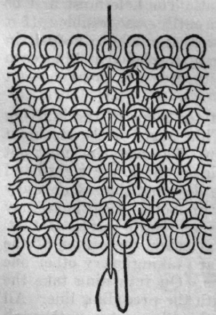A typical fallacy in the doctrine of causality is to confound between what follows (
post hoc) and what is caused by something (
propter hoc). Extreme examples of this fallacy might be those leading to superstitions:
- I had an accident after having seen a black cat, hence the black cat is the cause of my accident.
But there are many examples and David Hume even claimed that our notion of cause is ultimately grounded in such subtle cases: I see a seed and later a plant, hence I understand that the seed is the cause of a plant. But what I actually saw is only that the plant appeared
after the seed.
I am inclined to think that
nimitta in Mīmāmṣā is an (indirect) answer to this risk of fallacy. It refers to what must be there before the happening of something, but does not claim to be its cause. In other words, it designates the essential condition for something to occur. A
nimitta is necessary for X to occur, but neither is X mechanically linked to it, nor nimitta to X.
In fact,
nimitta in Mīmāṃsā primarily denotes the
condition for the performance of a
naimittika ritual. A typical example of such rituals is the
jātakarman, to be performed after the birth of one's son. The birth of one's son is the
nimitta for the ritual? Is it also its cause? Not really, since many of us had sons and have not performed any ritual.
Similarly, Mīmāṃsā author speak of
nimitta in order to denote what must precede X for X to happen, but is not its cause.
Interestingly,
nimitta is, instead, listed in Nyāyavaiśeṣika among the causes (
kāraṇa), as the necessary cause in which the result does not inhere, e.g., the potter in the case of the pot.
Did Nyāyavaiśeṣika authors borrow it from its ritual usage?
And, more generally,
did Indian authors distinguish between post hoc (after that) and propter hoc (because of that)?




